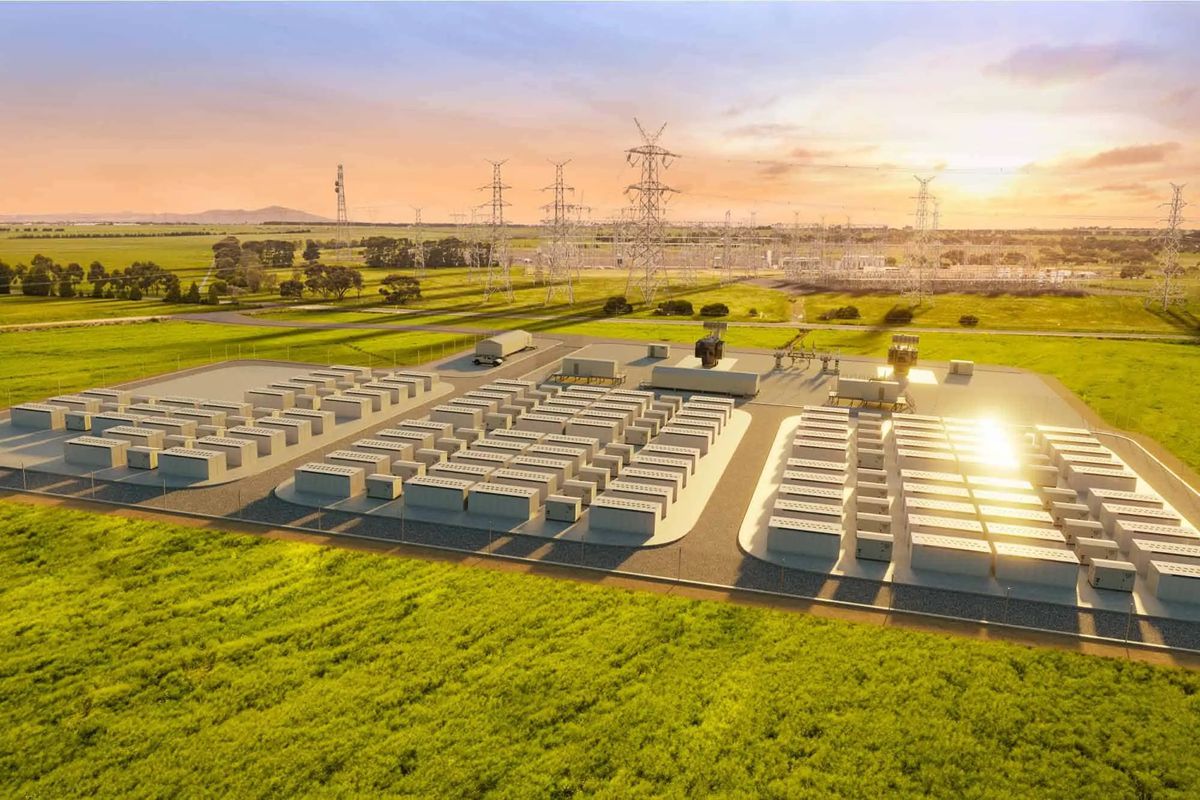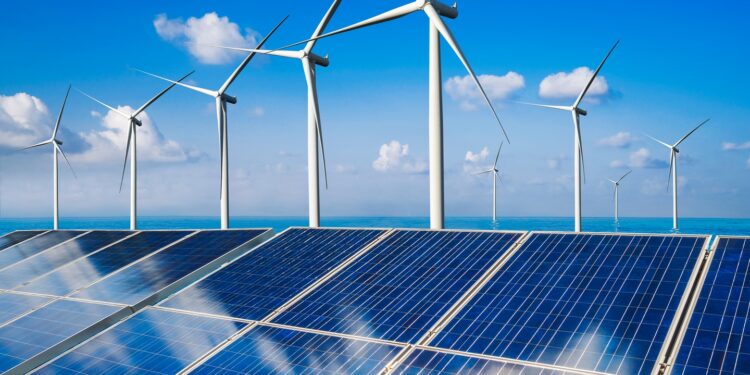Today, many residential, commercial and industrial properties have gone fully off the grid by leveraging renewable sources of energy. From solar energy, geothermal energy, wind energy, hydropower, to biomass from plants, there’s an array of renewables to suit different applications. The revolution in renewables comes in the backdrop of advanced energy storage technology.
This technology has emerged as a key component in allowing consumers to harness the full potential of renewables. From mechanical storage, batteries, hydrogen production, thermal systems, to pumped hydropower, the storage systems have helped overcome the challenge of intermittency. This has been the main problem plaguing renewables.
With innovative energy storage systems, the dream of a world fully powered by clean, renewable energy is now a reality. But what’s the current status of energy storage and is the future promising? This post looks at the renewable energy storage ecosystem and the future prospects of this nascent sector.
The Critical Role of Energy Storage for Renewables
Investment in renewables has increased over the last three decades. Governments and private entities have injected billions of dollars to boost generation of renewable energy and encourage uptake. Across Asia, governments now have favourable energy policies to promote increased power generation. There are incentives ranging from tax credits, cost-recovery, rebates, generation-based incentive (GBI) schemes and others.
The greatest challenge facing renewables is the intermittent nature of the energy sources. Most of the natural sources of energy suffer from reliability. It’s difficult to streamline energy generation, for instance, from solar panels because of weather cycles throughout the year. This is where the best energy storage system comes in handy.
Large capacity storage systems help overcome the challenge of intermittency. These systems introduce flexibility into the grid making it possible to integrate more electricity from renewables. The storage systems also boost the capacity of grid systems and offset the need for new fossil-based power plants.
At consumer levels, battery storage systems such Li-Ion have helped more households and commercial properties to embrace renewables. The batteries can store energy generated during off-peak hours, which is later used during peak hours. This reduces the pressure on the grid and improves power supply.
Why the Future of Energy Storage Technology is Bright
To appreciate the optimism among energy experts with renewables, look at the trends in energy storage. Here are some factors that point to a bright future for energy storage technology.
Massive Private Investment
The cost of developing new energy storage systems is massive and most governments haven’t dedicated resources to this area. Luckily, many private investment firms have come in to fund research and development (R&D), development of battery energy storage system (BESS), utility-scale storage facilities, and incentivising renewables.
Asia Pacific has emerged as the top market for utility-scale storage projects with private investors injecting a lot of money into the projects. Top technology firms such as Tesla, IBM and Google are leaders in promoting clean energy and have ongoing projects across the world. This is one factor that shows the future of energy storage is bright.

Favourable National Policies
For a long time, governments did not invest heavily in renewables. However, with the devastating effects of climate change threatening economies, there’s a change in attitude towards renewables. This shift has seen governments across the world fund research into the viability of renewables.
Such research also includes development of advanced utility-scale storage facilities such as the one on St. Kitts Island in the Caribbean. The development of these energy storage systems is a game-changer and portends a bright future for renewables. The favourable policies and investment in renewables will spur more research and innovation in the energy storage industry.
Falling Prices of Energy Storage Technology
While innovations in renewables have been around for decades, the high cost of the technology was always a big hurdle. Consumers weren’t willing to part with the high initial cost of solar panel systems and the hardware. Over the last two decades, the prices of renewables have continued to fall.
High-capacity battery storage systems, for instance, are now more affordable. Businesses and households who want to go fully off the grid can leverage multiple incentives offered by the government and not-for-profit organisations to reduce the cost of these projects further. Affordability of energy storage is a game-changer in the industry.
Diverse Energy Storage Solutions
Energy storage innovations have evolved beyond ordinary batteries. Lithium-ion batteries have been at the core of storage of renewables at a small-scale. Advanced battery storage systems such as the Enovatek energy storage system have helped more consumers join the renewables revolution. But the next phase of the energy storage system is even more exciting.
The innovative options range from the cheaper and more reliable zinc-air batteries, larger-scale hydrogen storage, kinetic/gravity-based energy storage, flow batteries, pump hydro storage, compressed air energy storage, and thermal energy storage.
Wrapping Up
It’s possible to have a world fully powered by renewable energy and the answer lies in developing safe, advanced, reliable but affordable storage systems. With such storage, it’s possible to maximize the benefits of renewables and reverse the devastating effects of climate change. If you want to go solar, check the most reliable energy storage and you can finally go fully off-grid.





